Redis vs Memcached in 2024
Scalegrid
MARCH 28, 2024
This article will explore how they handle data storage and scalability, perform in different scenarios, and, most importantly, how these factors influence your choice. It uses a hash table to manage these pairs, divided into fixed-size buckets with linked lists for key-value storage. High data availability is achieved.


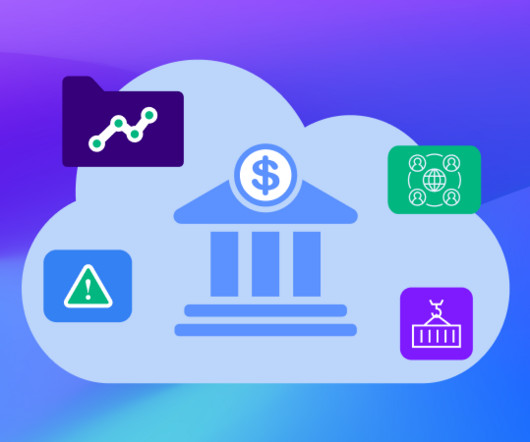



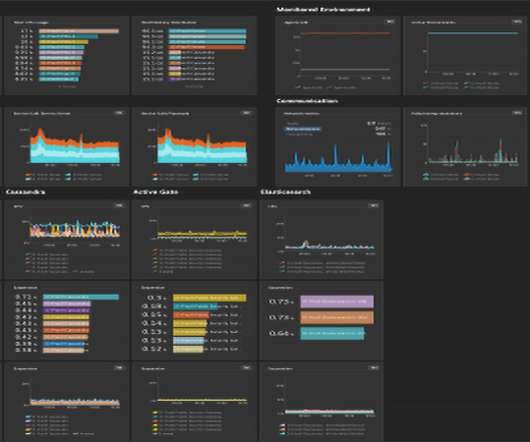
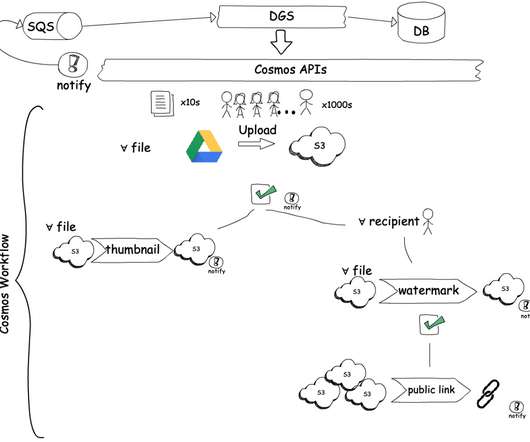






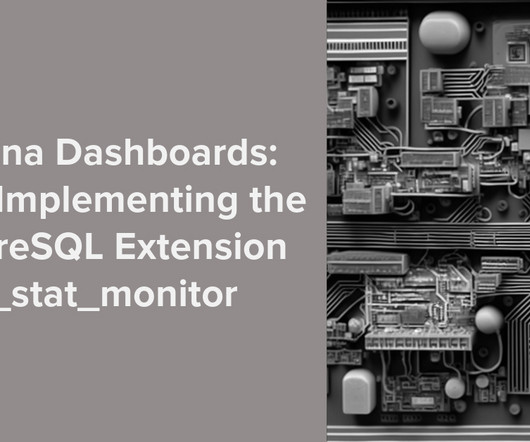
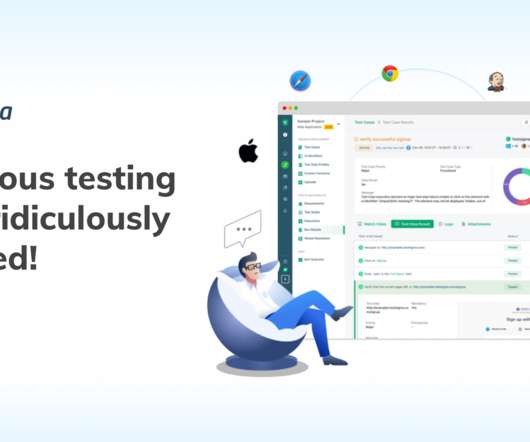





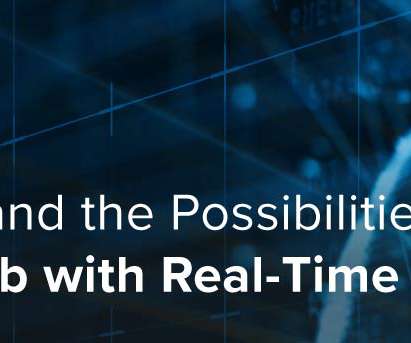
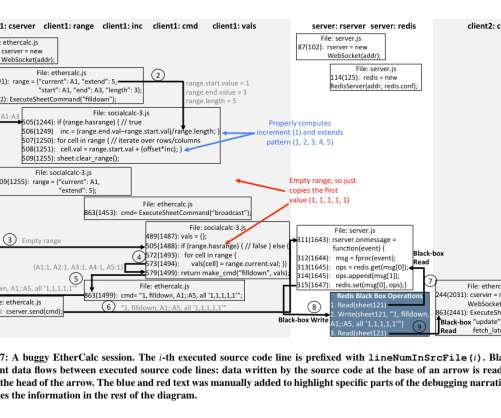

















Let's personalize your content